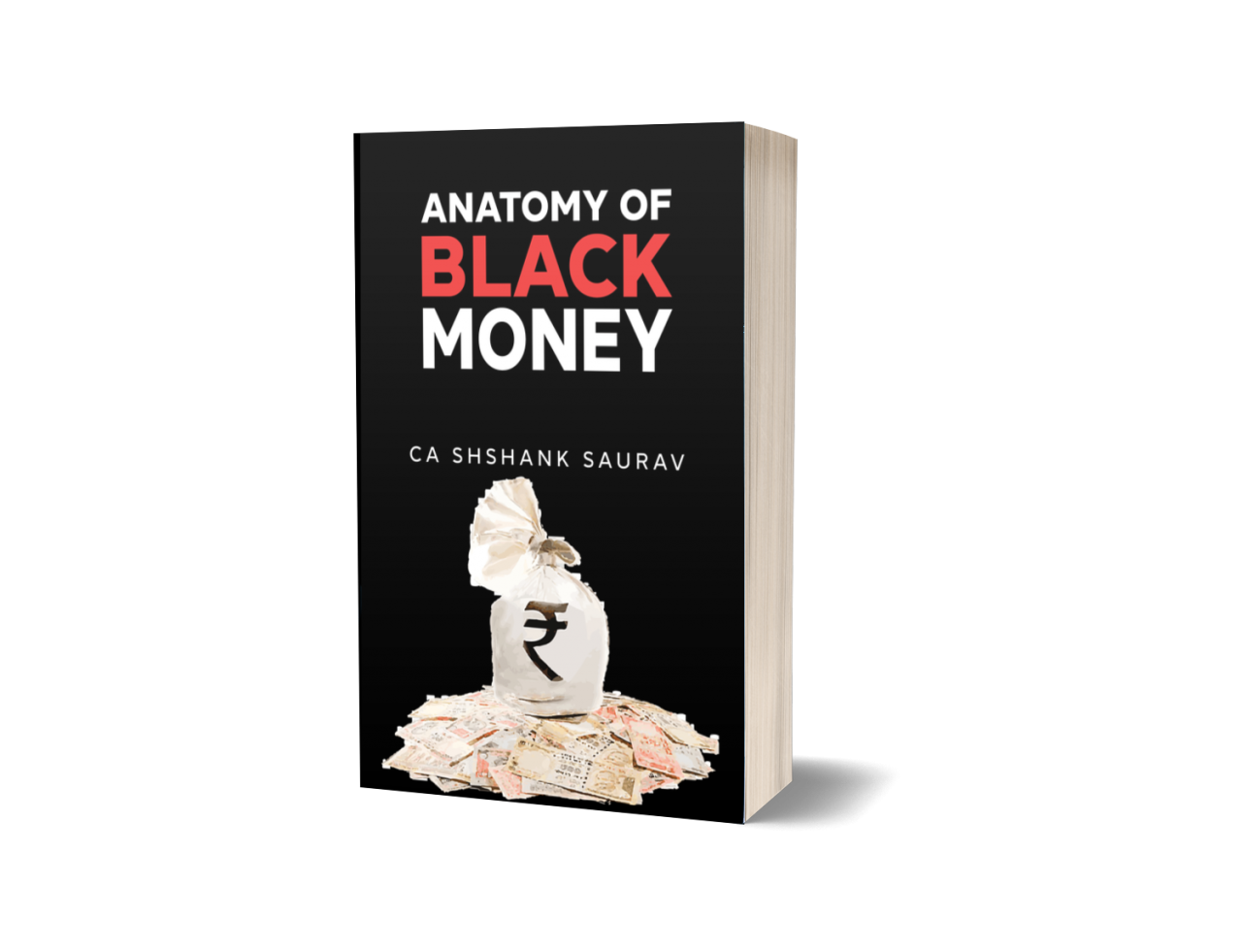The International Consortium of Investigative Journalists (ICIJ) recently released the names of politicians, businessmen, and the likes who own offshore companies, trusts, secret bank accounts, etc. to hide their ill-gotten money. This is not the first time that such revelations have rocked the world. The black money issue has got more attention in India for political reasons than economic ones. The estimates of money parked abroad and part of a parallel economy within the country are mind-boggling. As per research by the reputed international institution Global Financial Integrity (GFI), illicit financial outflow from India was to the tune of USD 213 billion between 1948-2008, which was USD 462 billion at present value when the report was first published in 2010. Another report from GFI estimates illicit financial outflow from India was to the tune of USD 343.9 billion between 2002-2011.
There have been improvements in the regulatory environment and legislative changes have been made to curb the menace of black money. India has started receiving information from other countries under the information exchange agreements but the details are not made public due to legal and contractual obligations. There is a need to draw a line between privacy and secrecy. While the privacy of citizens should be respected, it should not become a case where everything gets brushed under the carpet in the grab of privacy.
Globalisation has created its own challenges for regulatory bodies and law enforcing authorities in checking tax evasion and money laundering. International co-operation in this area has always been a problem. Many fugitive offenders are living in countries that are known for giving shelter to criminals by way of offering investment-based citizenship and investment-based residency.
There are various sectors that are likely to absorb the largest part of black money. Generally, people think that real estate, bullion & jewellery, the securities market, agriculture sector are used to evade taxes and generate black money. However, trade-based money laundering (TBML) is one of the major sources in which dirty money is settled overseas. Capital flight and subsequent round-tripping are done through trade malpractices. NGOs that are supposed to be doing charity work are also found to be involved in the money-laundering and other illegal activities.
The issue of black money requires the political will of steel to go behind the wrongdoers. Issue of Benami property was first highlighted by 57th Law Commission in 1973 and a law was made in 1988 to check this practice. However, this law was not operational till 2016 because rules were not formulated! A forty-three-year-long journey from 1973 till 2016 to get legislation speaks a lot about the seriousness and intent of our lawmakers when it comes to dealing with financial crimes. If we are really serious about the problem then we need to act decisively as there is an old Indian saying 'bhay bin hoye na preet' (there can be no love without fear).
By: - Shshank Saurav (Chartered Accountant)









